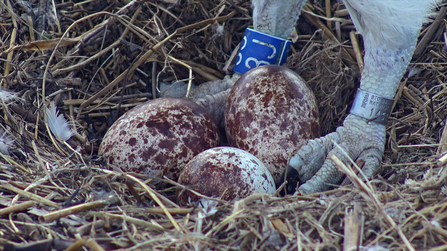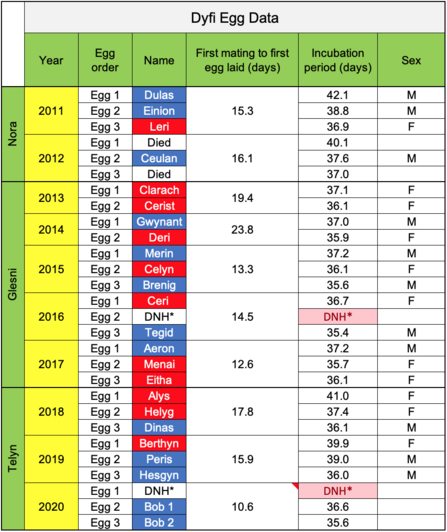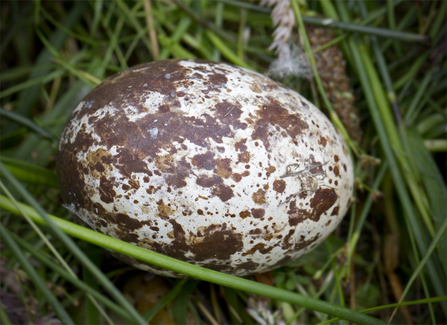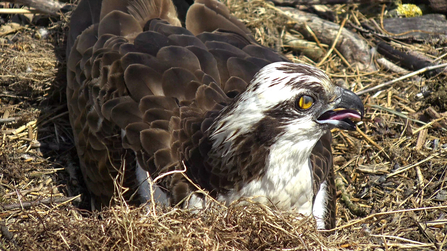We have two chicks in 2020, one egg didn't hatch.
Here is the chick information:
- 1st CHICK HATCHED - 26th MAY at 16:30 (Egg No 2: 36 days 14 hours 50 mins)
- 2nd CHICK HATCHED - 28th MAY at 12:34 (Egg No 3: 35 days 13 hours 38 minutes)
Time between chick one and two: 1 day, 20 hours, 4 minutes.
Both young chicks are doing fantastically well, helped by the good weather and attentive parents. Lovely also to see Idris (being allowed to) feed his own chicks.
And here is the 2020 hatching video, two and a half days condensed into two and a half minutes:





